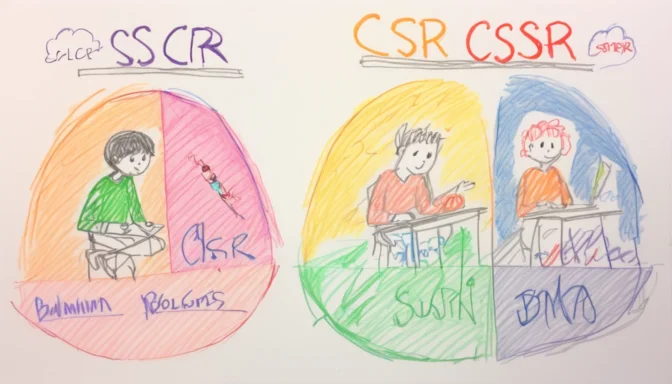What is the Difference Between SSR and CSR?
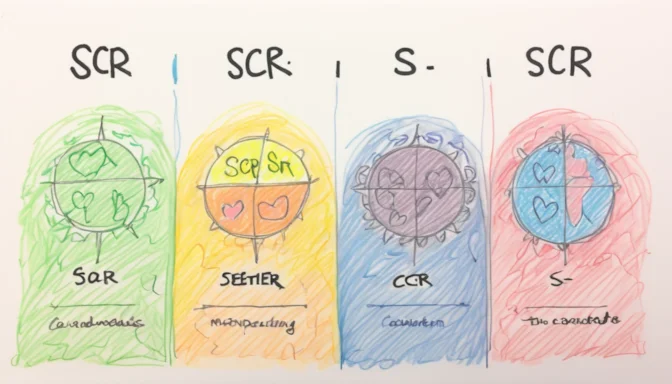
Server-Side Rendering (SSR) delivers a fully-rendered HTML page on the first load, offering a speed advantage over Client-Side Rendering (CSR), which initially shows an empty page. SSR can result in faster load times because the browser doesn't have to process large JavaScript files.
Benefits of SSR Over CSR
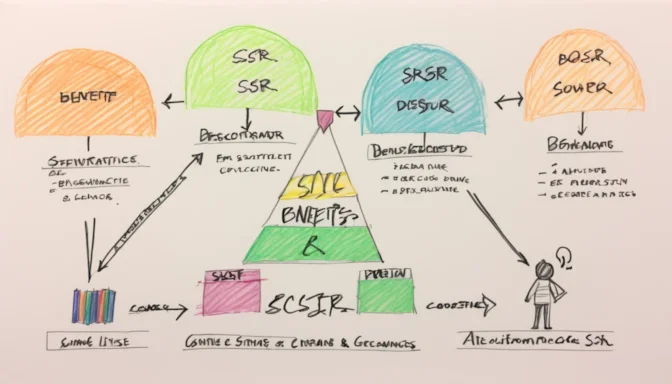
SSR can significantly improve web application performance and user experience by rendering HTML on the server. This approach reduces the time required to display a web page, resulting in faster load times and a more seamless user experience.
SSR vs Pre-rendering

Pre-rendering is generally faster than SSR because the HTML content is already saved on your server or a caching service. SSR, on the other hand, calculates HTML content on the server side for each request, which may result in slightly slower load times.
SSR vs Server Components
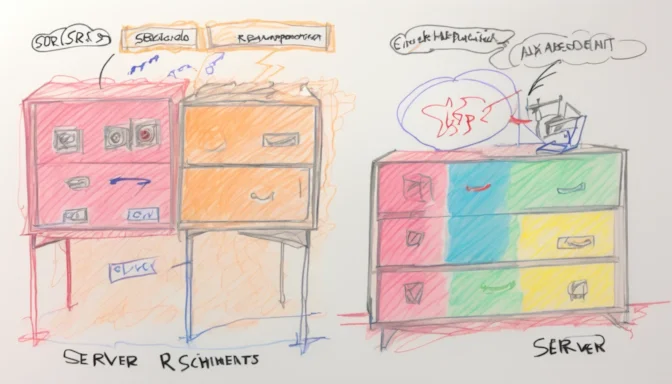
While SSR focuses on rendering complete HTML pages on the server, Server Components are used to access server-side data or logic. Use SSR for dynamic pages that require fresh data on each request, and Server Components for more specific server-side functionalities.
Disadvantages of SSR

Despite its advantages, SSR can lead to increased server load, complexity, and difficulty with client-side scripts. It may also limit interactivity on the web page. Developers should weigh these factors carefully before implementing SSR.
When to Use SSR
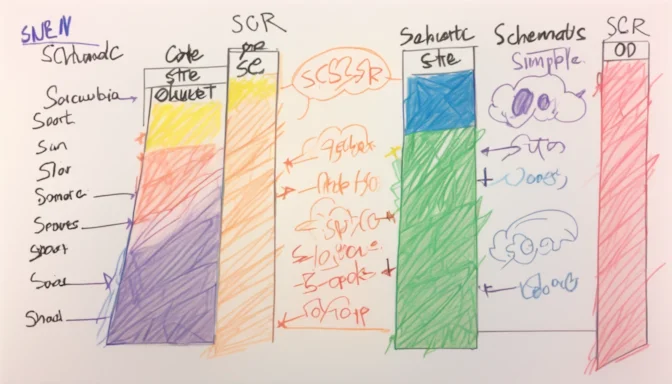
SSR is ideal for static websites and pages that don't require frequent updates. By pre-rendering these pages on the server, you can achieve faster load times and a better overall user experience.
Difference Between API and SSR

SSR renders pages on the server during HTTP requests, sending fully-formed HTML to the client. APIs focus on data fetching, typically outside of frameworks like Gatsby, and don't deal with HTML rendering.
SSR vs Static Site Generation

SSR is generally used for dynamically-rendered pages that require fresh data on each request. Static Site Generation (SSG), on the other hand, is used for generating a set of static HTML files that can be cached for better performance.
Can a PWA Be SSR?
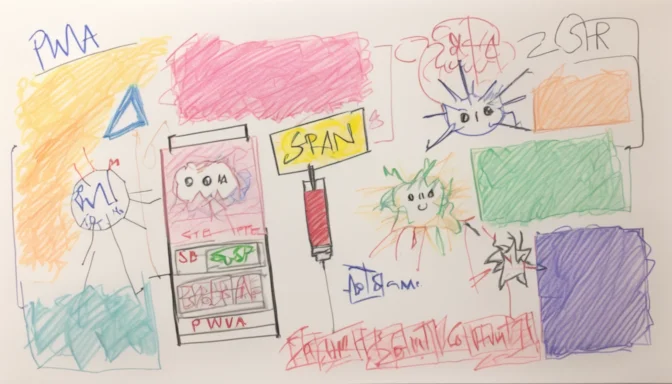
Yes, Progressive Web Apps (PWAs) can support SSR. PWA Studio, for instance, provides tools that support both server-side and client-side rendering, allowing for a more flexible approach to content rendering.
 E-Commerceo
E-Commerceo
